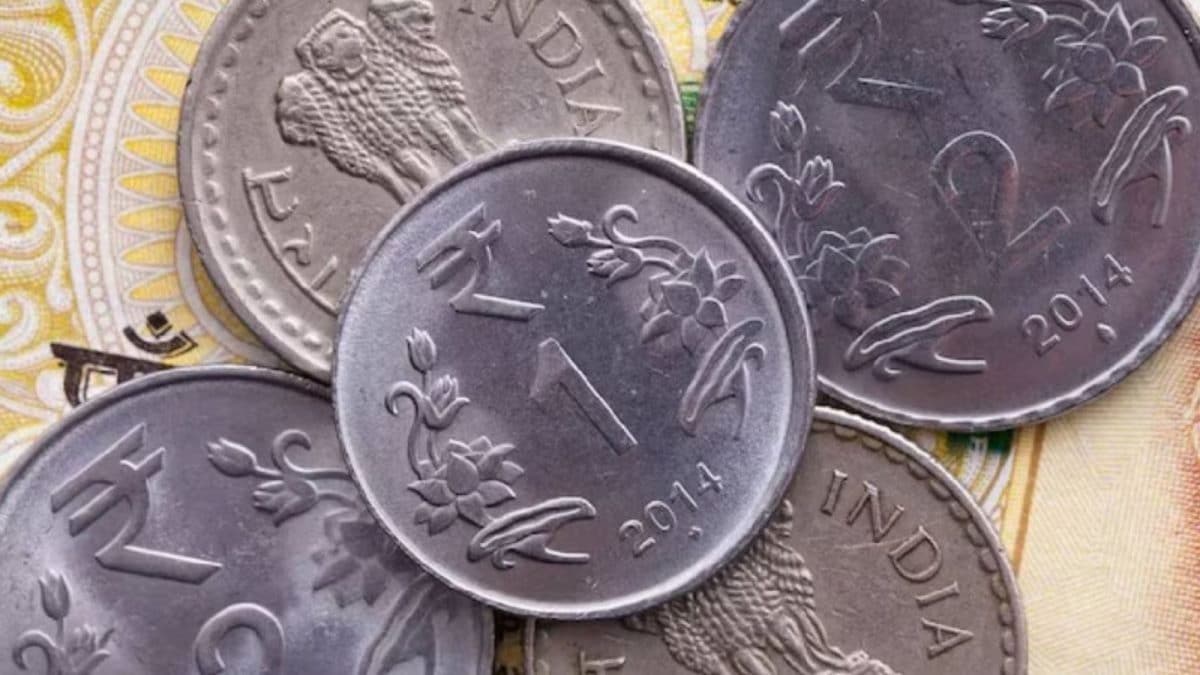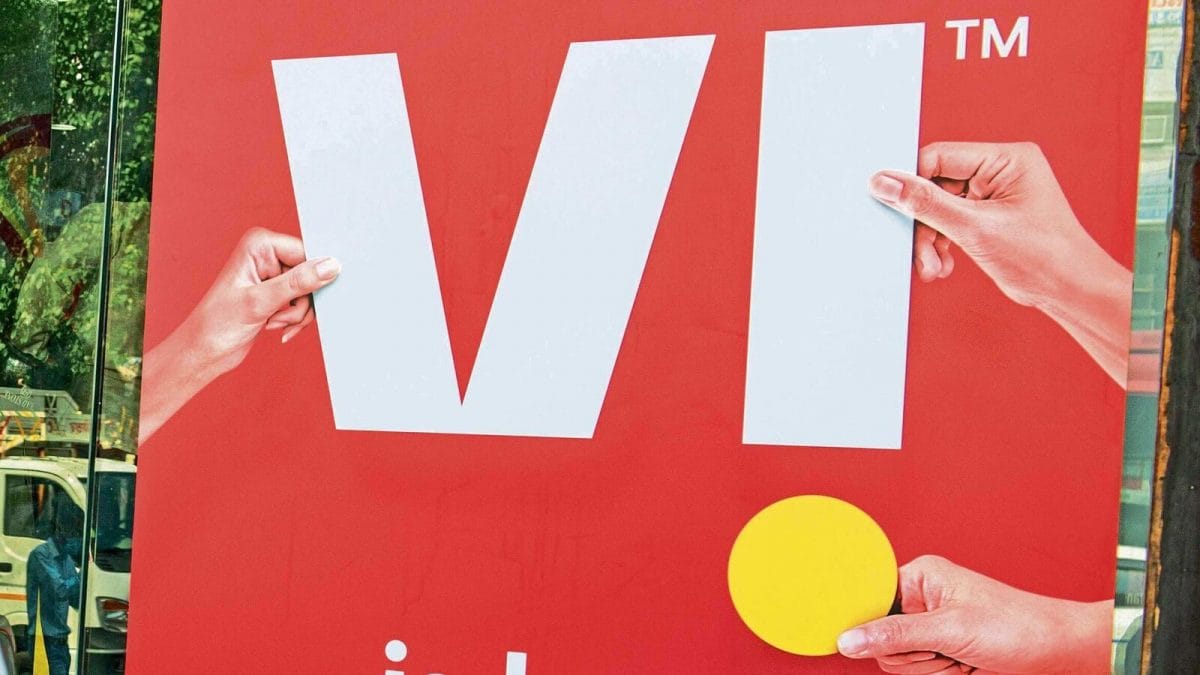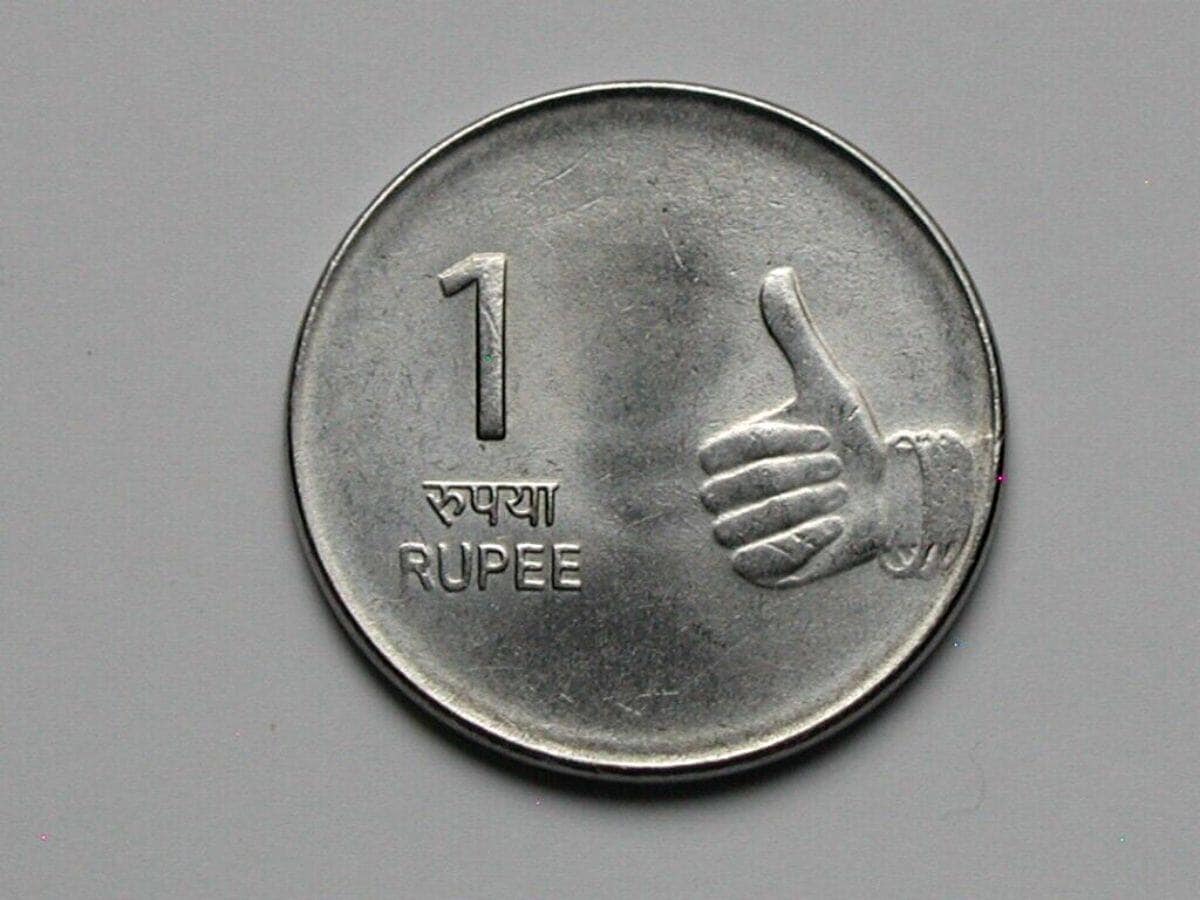
The humble one-rupee coin that jangles in our pockets carries a cost far greater than its face value, a fact that underscores a curious economic paradox in India’s currency system. While it is easy to take the coin for granted in daily transactions, its production tells a different story. (News18 Kannada)
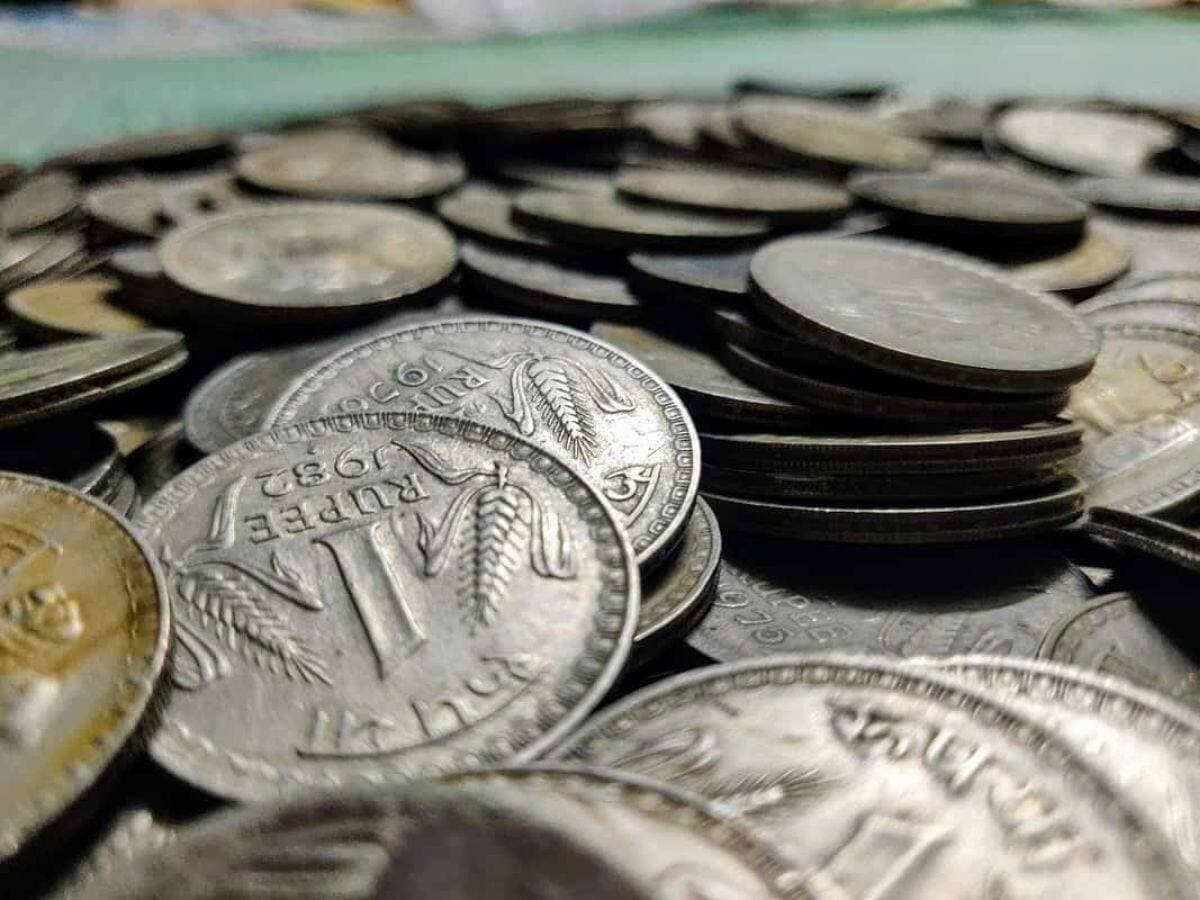
According to a 2018 report obtained through the Right to Information Act (RTI), the government spent Rs 1.11 to mint a single one-rupee coin, implying a direct loss of 11 paise on each unit. (News18 Kannada)
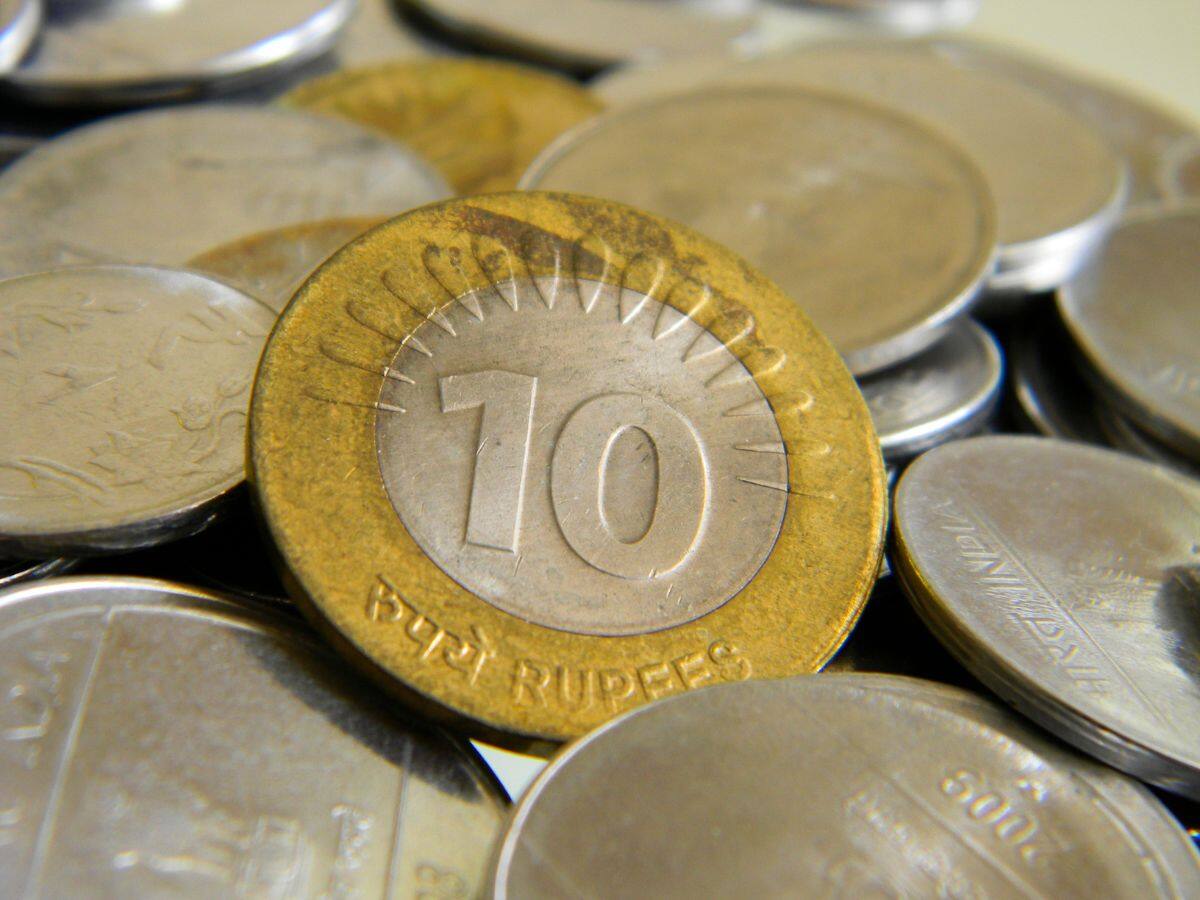
Since then, rising inflation, increasing metal prices, and wage hikes for workers suggest that the current cost of production has likely climbed further, making the coin an even more expensive item for the exchequer. (News18 Kannada)
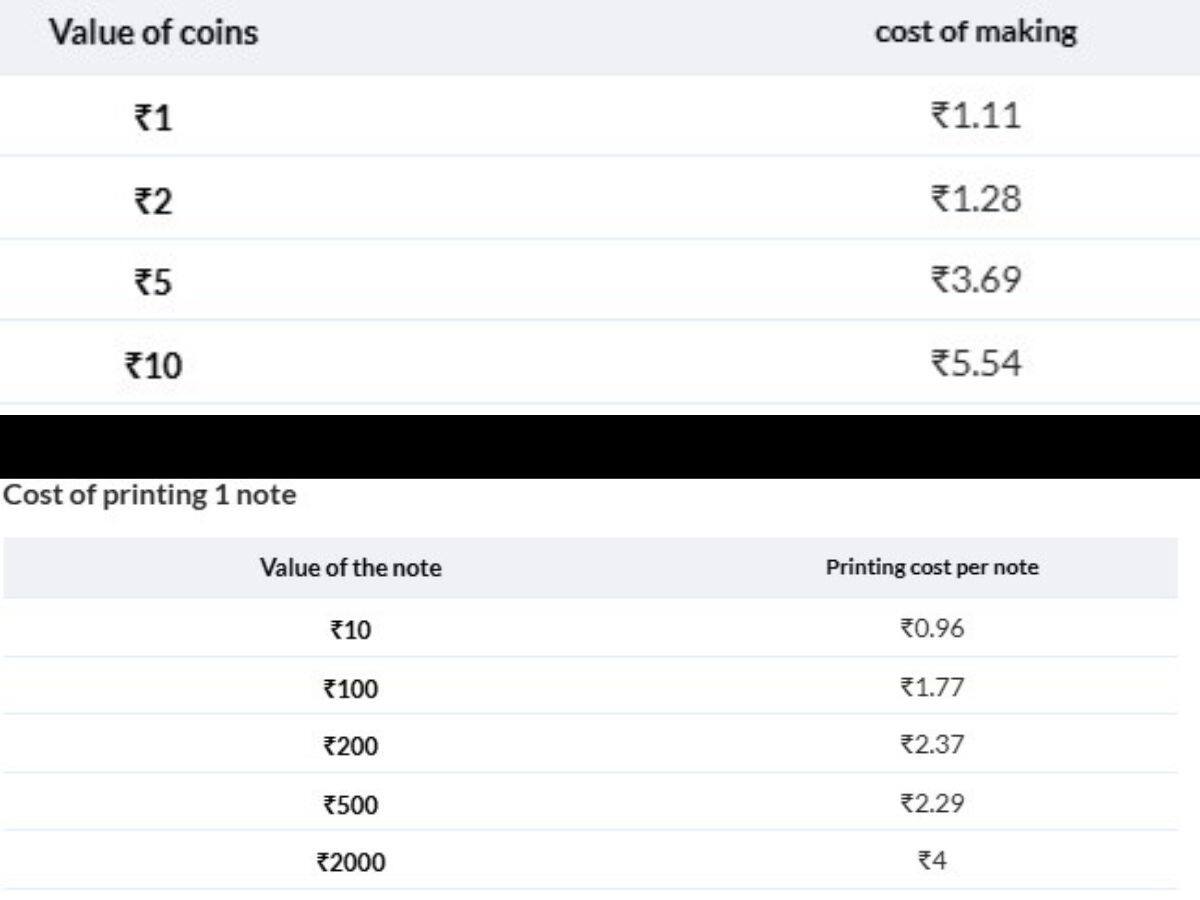
The issue appears unique to the one-rupee denomination. Higher-value coins, by contrast, continue to be produced at a profit. Data indicate that a two-rupee coin costs Rs 1.28 to mint, a five-rupee coin Rs 3.69, and a ten-rupee coin Rs 5.54, each yielding a surplus for the government. (News18 Kannada)
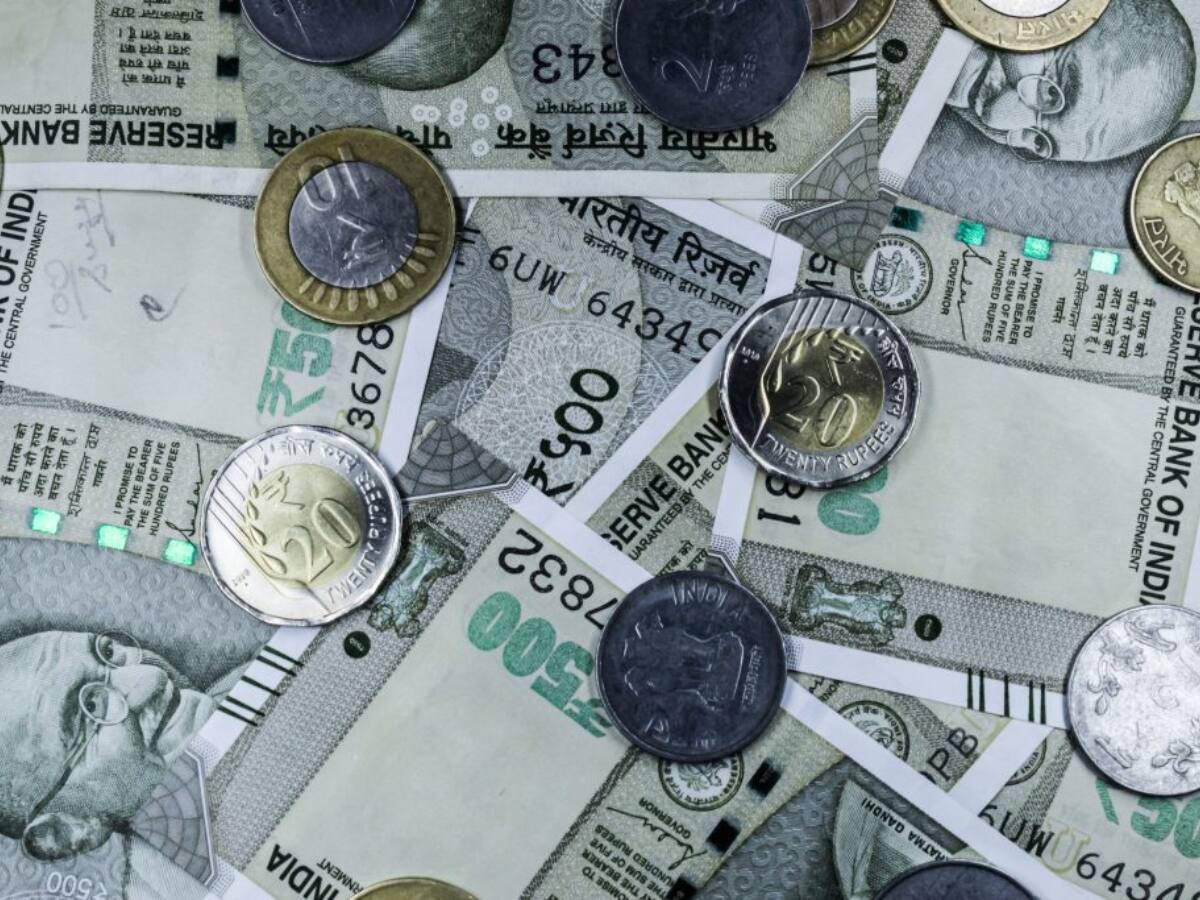
The one-rupee coin, composed entirely of stainless steel, weighs 3.76 grams and measures 21.93 millimetres in diameter. Despite its small size, its design and manufacture require specialized technology, with production limited to the mints in Mumbai and Hyderabad. (News18 Kannada)
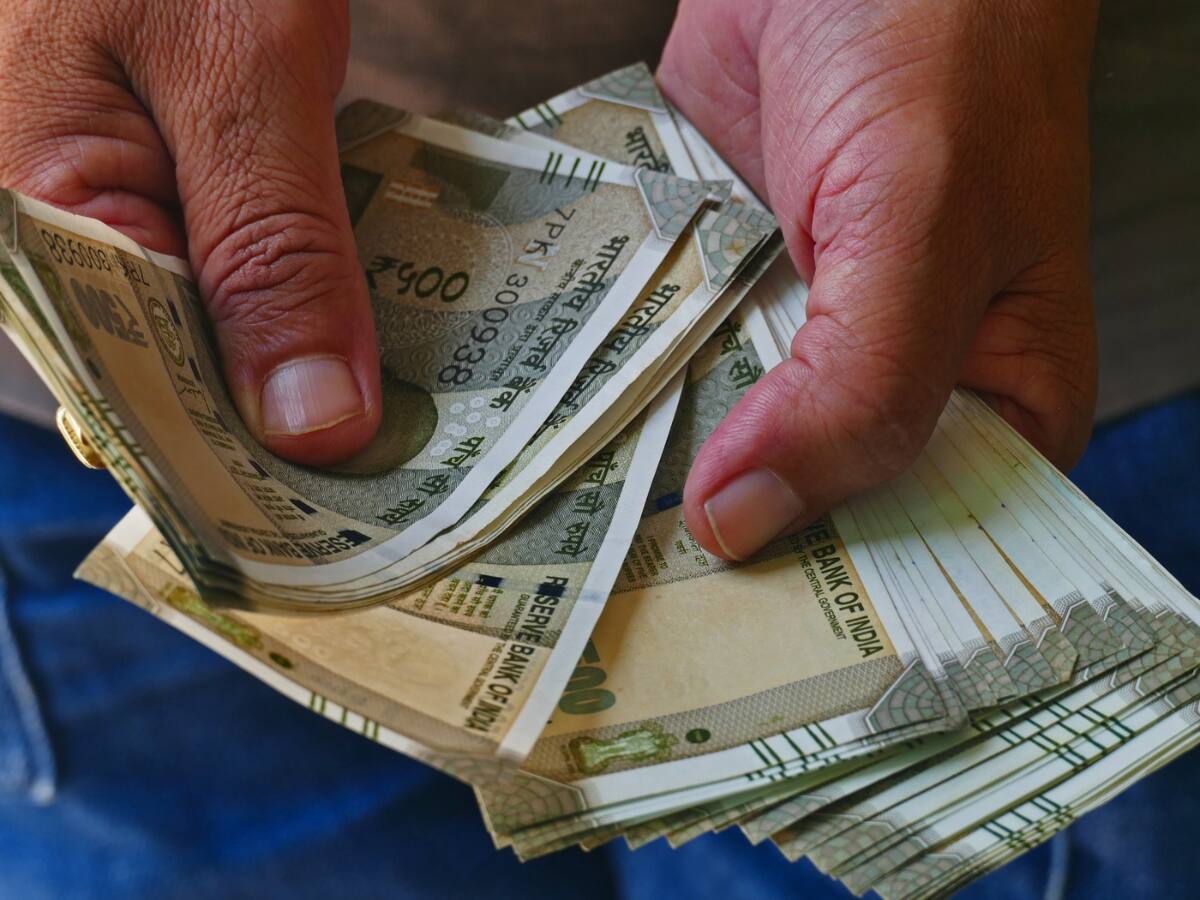
In contrast, printing paper currency remains far less expensive. For instance, the Reserve Bank of India spends just Rs 2,290 to print 1,000 notes of Rs 500 denomination, effectively Rs 2.29 per note, highlighting the disproportionate cost of coinage relative to its monetary value. (News18 Kannada)
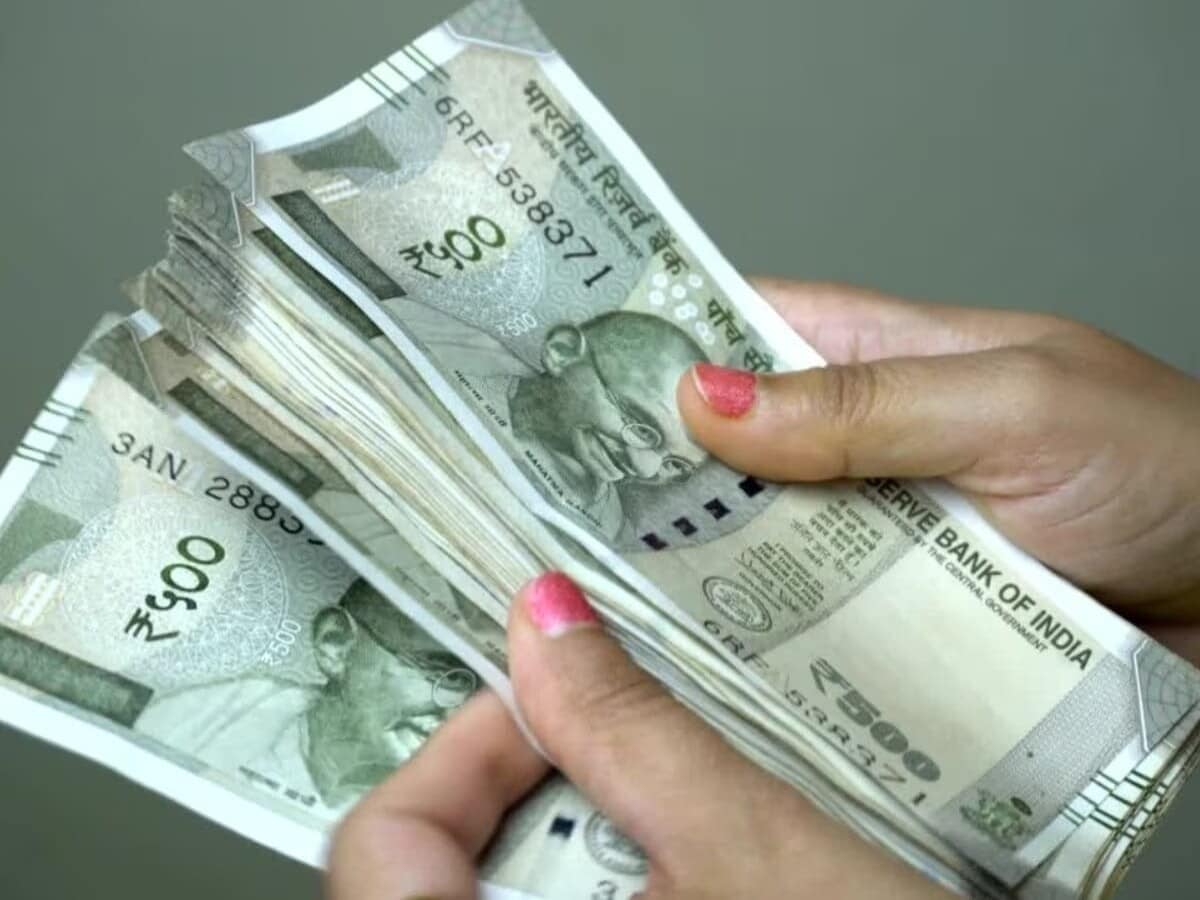
The demand for coins has been steadily declining in recent years, largely due to the proliferation of digital payment methods such as UPI, PhonePe, and Google Pay. QR code-based transactions, now ubiquitous across street-side tea stalls, snack shops, and large malls, have significantly reduced the reliance on physical coins in retail. (News18 Kannada)
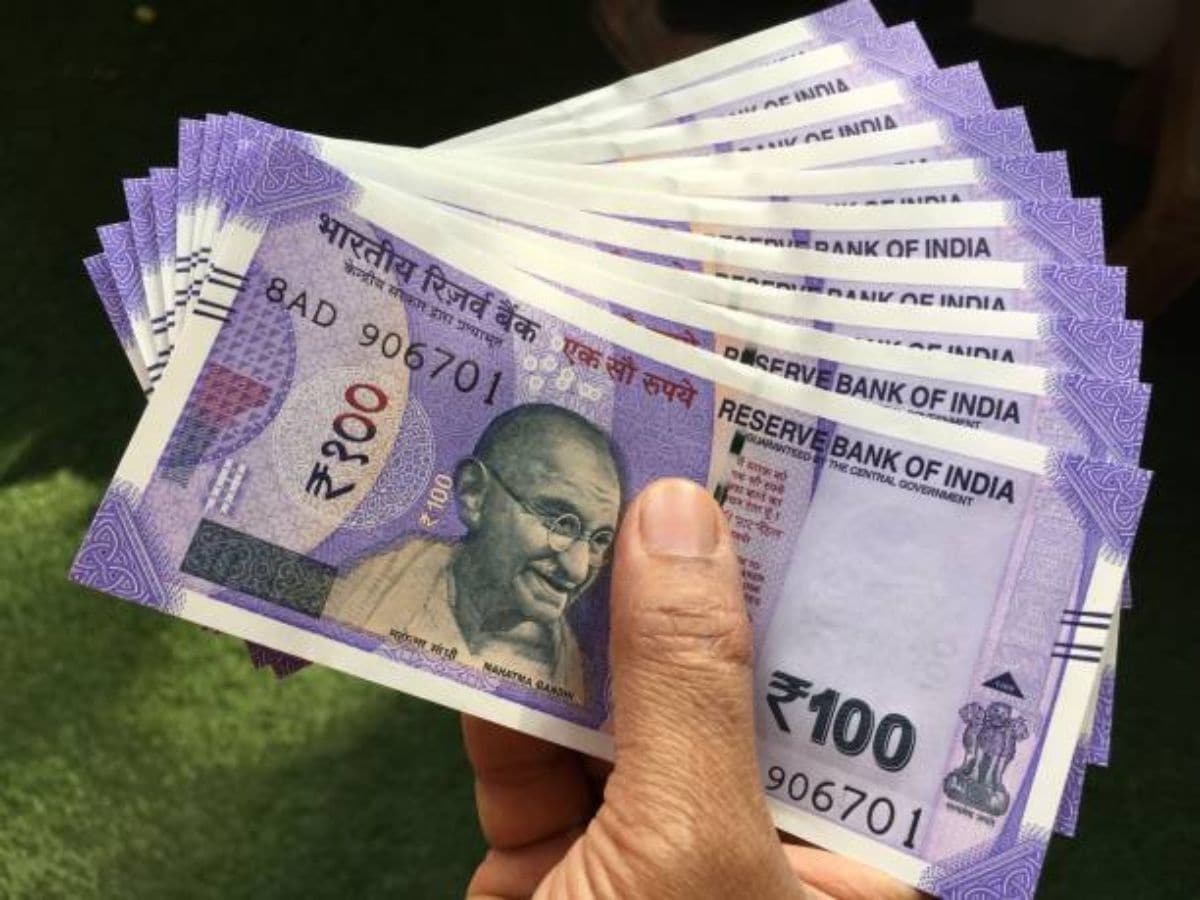
Although discontinuing the one-rupee coin is not currently on the agenda, experts suggest that exploring alternative metals or materials could help reduce production costs. Until then, the next time a one-rupee coin changes hands, it is worth remembering the surprising expense behind this small yet “costly” piece of currency. (News18 Kannada)


